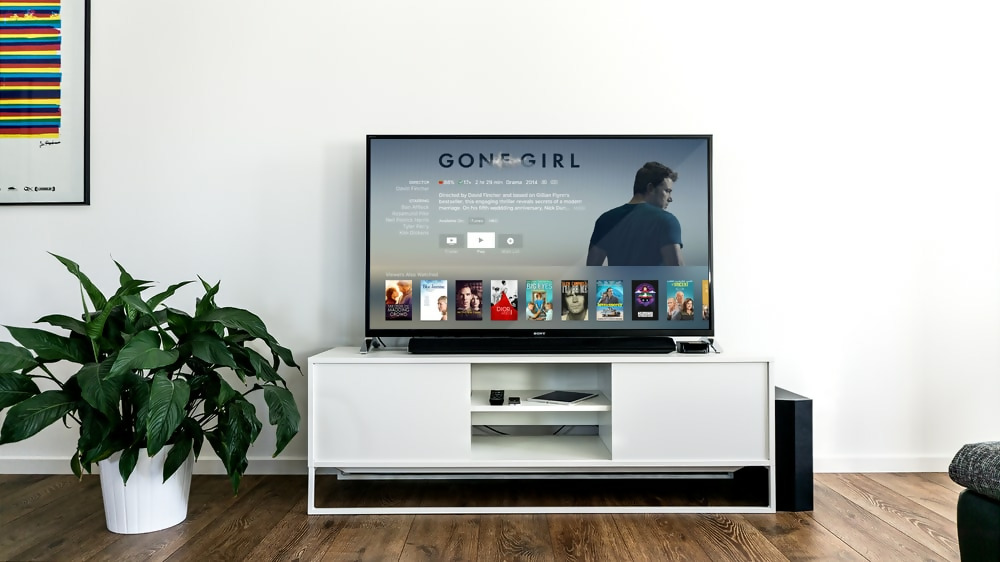Cities around the world are becoming more and more concentrated by the day in terms of their populations. More and more people are moving there for the career and social opportunities they provide, and this drums up a swelling concern for the effect that it can have on energy consumption and pollution – which when clustered can have long-term damaging effects on health.
So, how do we combat this, and stop cities from falling back into the same smog that filled London streets during the Victorian industrial era? With young trailblazer, Greta Thunberg announced as TIME’s person of the year for 2019, climate change is becoming a growing concern that’s getting harder to ignore, and for a good reason.

Luckily for that ozone layer of ours, steps are being made in cities to make them more environmentally friendly, carbon-neutral, and forward-thinking for the urbanites of tomorrow. For those interested in how smart homes and cities are helping to tackle pollution, here is a shortlist of techniques and practices that are already being put into effect.
Smart building techniques
Nowadays, as modern apartment buildings slot into cities efficiently, they are constructed with forward-thinking materials and sensibilities to make sure that they don’t waste energy and contribute too much to additional pollution/wastage. Modern student apartments, for example, built around cities in the UK by investment companies such as RWinvest, are built to be top-end and eco-friendly. This not only makes them a desirable place to live for tenants that want to be environmentally conscious but also making them an attractive prospect for investors that want to purchase property in a city that has longevity and won’t have as many issues down the line.
The modern smart building
The next generation of ‘smart buildings’ across cities and towns worldwide are being built with technology interweaved into their inner workings, allowing for features such as their heating and security systems to be controlled remotely. Rather than the many spinning plates involved with managing and maintaining a commercial building. For example, a department store with modern designs of tomorrow (being put into new builds) will allow everything to be automated, turning on-and-off in succession and as and when it’s needed. This will save a lot of money in the long run for investors and owners, while also being more accessible, more safe and secure, and most importantly, more environmentally friendly. Some city planners are also adding the capability for their buildings to communicate with others in a given area if needed, sending warning signals or synchronising data to make the city as a whole a more coherent entity. The only risk involved here is with privacy concerns from the average person living in an urban area, as cities are without a doubt the areas with the most surveillance.
The smart consumer – Want to pay closer attention to things like energy wastage and water consumption in your own home, while saving yourself a little bit of money in the process? Smart home appliances and tech is readily available nowadays and can be easily integrated into your existing home. You could start by getting a smart meter, and using it to monitor where you’re wasting the most amount of energy and at which specific points in the day. You could also invest in some smart kit, such as a smart assistant and thermostat, allowing you to keep on top of your home and have more control over it. Being more energy conscious and efficient are traits that seem to go hand in hand, and it often pays to be more green.
 2018 ·
2018 ·
Leave a Reply